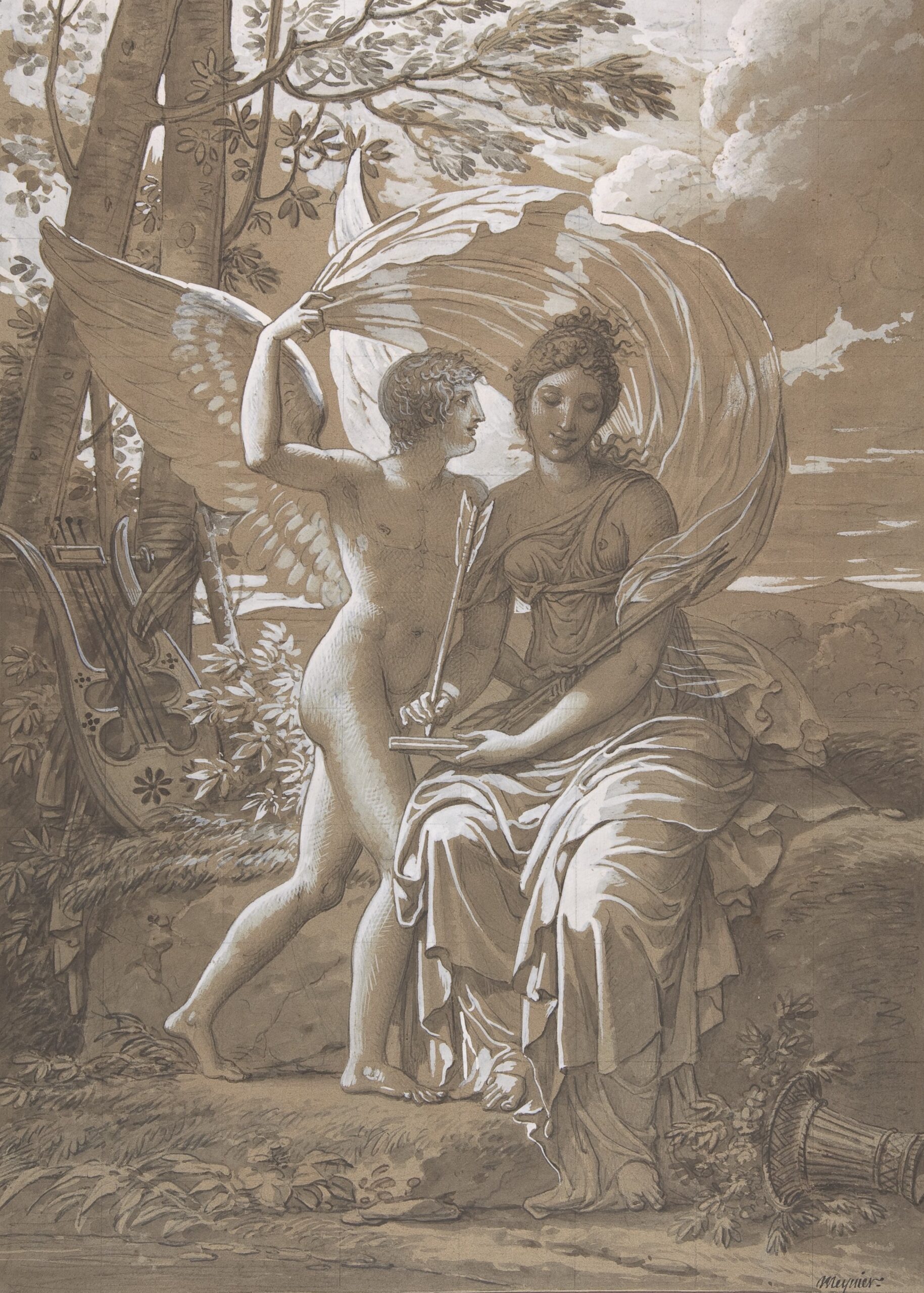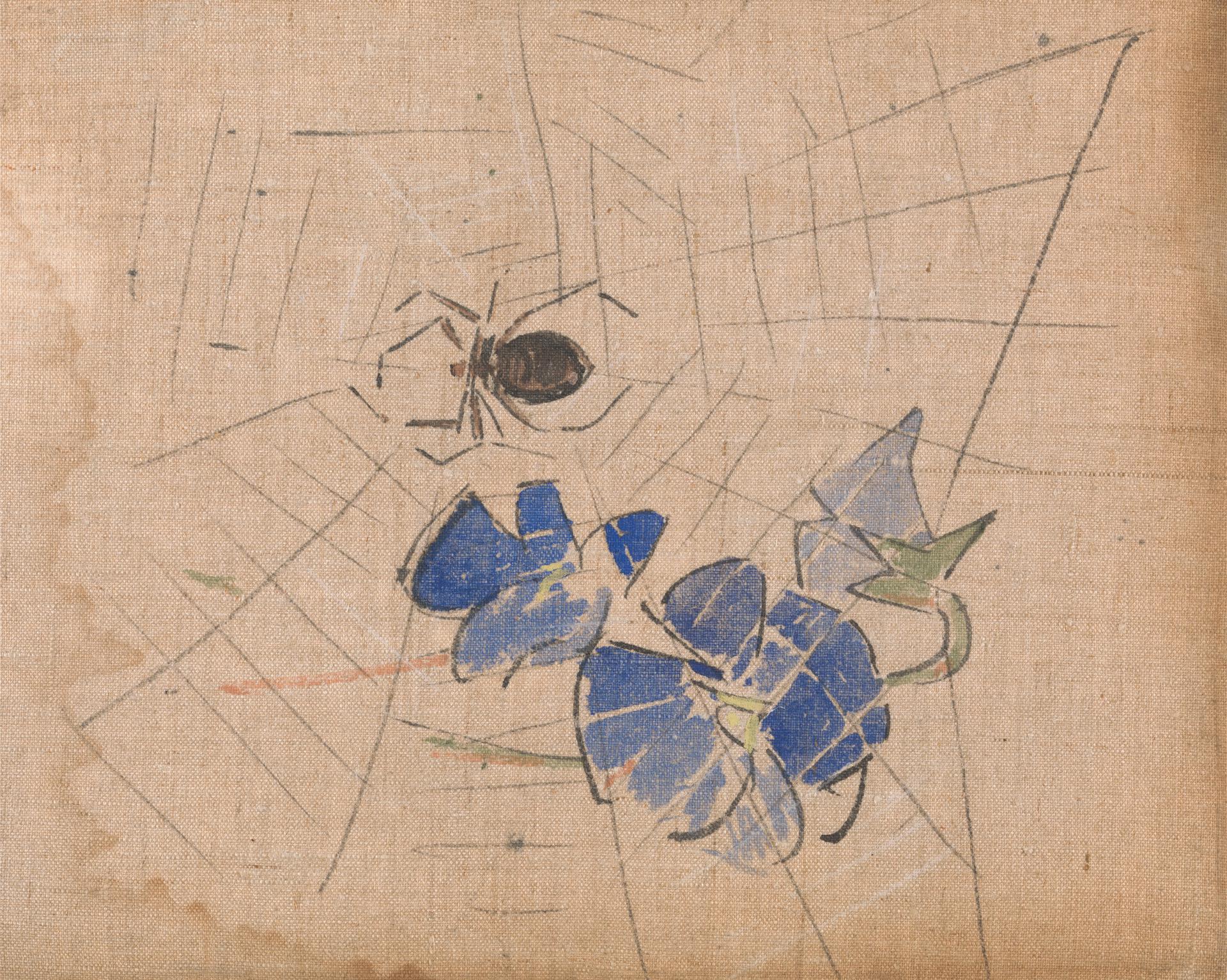I wrote the following piece in 2005 when I was in graduate school in Chicago. It was fun to research and write, but I never had the opportunity to do anything with it. However, with baseball season just around the corner, and this correspondent already getting excited, it seemed like a reasonable moment to dust off this essay about the colorful history of a neighborhood park where the neighborhood guys still get together to play ball.
I.
On the Saturday morning of Memorial Day weekend, a school teacher, a real estate agent, a bartender and a legendary record producer played baseball on the grounds of an old cucumber farm.
The cucumber farm is now better known as Winnemac Park, and among its many purposes, it serves as the home field for the Winnemac Electrons, a perennial basement dweller in the Chicago Metropolitan Baseball Association, an 18 and over men’s baseball league. But the park is also a high school athletic facility, an urban nature preserve, and the preferred spot for pickup games of soccer, baseball, Frisbee, and anything else people can think up.
Before the ballplayers arrived on that May morning, the park was serene, but by no means empty. Joggers shared the park’s gently curving paths with dogwalkers and the occasional cyclist just passing through. The park sits in the Ravenswood neighborhood of Chicago and is bound by Foster Avenue on the north, Damen Avenue on the east, Argyle Street on the south and Leavitt Street on the west. On the park’s northeast corner sits Amundsen High School, a dense brick building that dates back to 1930.
From the back of the high school, one has a pretty much unimpeded view of the sturdy brick grandstand of Jorndt field, a smart-looking high school football stadium that runs along Leavitt Street on the west side of the park. The fenced-in field is less than a year old, and it was named after Louis C. Jorndt, a teacher and coach at Amundsen from 1930 to 1953.
Twenty yards to the east of Jorndt field, the game between the Electrons and the Chicago Aviators got underway about twenty minutes late because the umpire got stuck in traffic. The Electrons typically don’t win, but they liked their chances in this game. Ryan Rezvani, a computer lab teacher at Patrick Henry Elementary School said that when the Electrons first started out “we got our ass kicked the whole year.” He pointed to the Aviators players warming up on the field, “they’re the new us.”
Also on the bench was Steve Albini, who is known to many music fans as the producer of albums by some of the most popular bands of the 1980s and 90s, including The Pixies and Nirvana. His company, Electrical Audio, is one of the Electrons sponsors, and gives the team its name and logo, a maroon lowercase “e.” Albini had arrived on an old bicycle wearing coveralls with a big version of the “e” logo on the back. At 42, he’s the oldest member of the team, but he also epitomizes the team’s playful spirit. “We all got such a kick out of playing baseball after not playing for such a long time,” he said of their first season in the league in 2003.
Before the game, Electrons coach and first baseman Al Stern gathered the team under the paltry shade of a young oak tree and told them not to take the Aviators lightly, even though they were widely regarded as the league’s weakest team. Stern read off the starting lineup, and the team gave an earnest round of applause after each name.
Pitching for the Electrons was John Federici, known to his teammates as “J. Fed,” who has the same build as David Wells, the sturdy pitcher for the Boston Red Sox. According to Rezvani, the hardest thing for these teams to find is good pitching, and in Federici, a bartender who many speculated hadn’t gone to sleep the night before, the Electrons had found their ace. He allowed a run in the first inning on a single to left followed by a double to the gap in right, but he would hold the Aviators scoreless for the rest of the seven inning game, striking out 13.
II.
It costs about $3,000 to field a CMBA team, $1,100 of that is dues to the league and the rest goes to uniforms, equipment and umpires. One significant outlay is for baseballs. Every ball that was fouled beyond third base and over the locked fence that surrounds Jorndt Field elicited groans from the players. Beyond the first base line is a patch of knee-high prairie grass, and each time a ball landed in the thicket, one of the Electrons went bounding in to retrieve the ball and save the team some cash.
The patches of prairie that sit in the middle of Winnemac Park aren’t the result of negligent groundskeeping; they’re a part of the $2 million renovation of the park that was completed in 1999. The prairie, crisscrossed by paths, is a reminder of what the park once was, and laminated signs posted by the Chicago Park District help visitors identify the plants that grow there.
After the original prairie was cleared away, this land was a cucumber farm, but as far back as 1837, the 40 acres that constitute Winnemac Park have been in the hands of the city. A man named Charles M. Pettit was the last private owner of the land, and he lost it when the Chicago’s Commissioner of Schools foreclosed on a loan for $1,500 he had made to Pettit out of school funds. Pettit had used the property to secure the loan.
The archives of the Chicago Tribune offer a sketch Winnemac Park’s history, one full of sporting events of every kind and at every level. But before the games could be played, the facilities had to be put in place. From the June 6, 1912, Tribune: “Commissioner Charles Bock obtained the [park] commission’s consent to allow young men and boys to play baseball in Winnemac park at Foster avenue and North Robey street. Six baseball diamonds will be laid out.”
By 1920 plans were being floated in City Council meetings to put a high school on the land, but it wasn’t until 1930 that Amundsen opened, named for the polar explorer Roald Amundsen who had died on a rescue mission to the North Pole two years earlier. A 6,000 seat stadium, now replaced by Jorndt Field, was put in soon after. For much of the 1930s the park was the site of WPA projects where workers improved and regraded the land, but by the 1990s the park had fallen into disrepair. Winnemac Avenue, which at the time bisected the park from east to west, was the site of drag races that were accompanied by nightly beer bashes. The drainage systems underneath the fields south of Winnemac had never been properly connected to the city sewers, and after strong rains the park would turn into a muddy lake. The park’s athletic fields, especially the ones used by the public and not the high school, were in disrepair.
The latest incarnation of Winnemac Park is something of an oasis on the North Side of Chicago. 2,000 new trees were planted along with the prairie, and Winnemac Avenue was closed to traffic and converted into a pedestrian path. The paths through the park are now accented by old cobblestones and decorative lights and fencing. The park seems to be a favorite destination for neighborhood residents who flock there on summer evenings and weekend days, but not everyone is happy with the new Winnemac Park.
Ron Markowicz, president of the CMBA, described Winnemac Park before the renovation, as a “wide open sports complex.” Markowicz used to have two fields available for games, but a new parking lot took away most of right field in one of them. Markowicz isn’t just a disgruntled taxpayer though; over the years, with the blessing of the city, he has spent league money hiring independent contractors to improve the baseball diamonds at Winnemac. Still, Winnemac is the perfect spot for city baseball players who don’t want to trek out to the suburbs for games, and each season four or five teams in the CMBA use Winnemac as their home field. “We love it because it’s local,” Markowicz said, “not having to drive all over hell’s half acre is a big selling point.”
Though the CMBA has worked to keep the field in good shape, it’s no Wrigley. Winnemac “has a notoriously irregular field,” Steve Albini said. The bad bounces caused by the pitted infield are so frequent and so noteworthy that the phenomenon has been dubbed “The Winnemac Hop.” As the Electrons and the Aviators battled each other, both teams faced a few Winnemac Hops, which the scorekeepers ruled were base hits and not errors.
III.
By the third inning, the Electrons were already pulling away. They came up to bat in the bottom of the third with a five to one lead, but before the inning could get underway, the Aviators catcher, a wiry fellow who sported a mohawk haircut, got tagged in the nose with an errant warmup pitch. For some reason he hadn’t been wearing his catcher’s mask. There was a brief delay as he tried to staunch the bleeding, but that wasn’t by any means the first blood spilled at Winnemac in athletic pursuits.
In 1940, Bob Sparks, left fielder of the Ace Staplers, broke his leg above the ankle sliding into second, and in 1956, Jerry Buechel, – the “star senior halfback on Tuley High school’s football team,” according to the Tribune’s report the next day – was knocked unconscious for 20 minutes in a game against Amundsen. Far worse, however, was the fate of fourteen-year-old Aleck Isheksen, who died on the way to the hospital after being struck in the head by a line drive at the park in the summer of 1919.
The same Aviators catcher who got tagged in the nose in the third had gotten yelled at by the ump in the first for stepping on Electron first baseman, Al Stern’s leg as he reached first base on a ground out. “It’s a point of contention,” said Stern, of the fact that only one ump calls the games. But most games it works out fine. “If the ball beats the runner there, the ump’s going to call him out, which is what he should do,” said Stern who is a real estate agent during the week.
Players have been grumbling at officials in games played at Winnemac for decades now, but on occasion tempers have really flared. In the summer of 1956, a semi-pro soccer game had to be cut short after fans of a team called the Falcons rushed the field and tried to attack the referee for kicking one of their players out of the game. The ref escaped harm. But two years later a halfback for the Eagles, Kas Iwanicki – “address unknown,” according to the Tribune report – knocked 60-year-old ref, Eli Korer to the ground with one punch. Iwanicki was disputing a goal scored by the Falcons (the ones with the rowdy fans), and Korer ended up in the hospital with ten stitches.
Luckily it appears as though, on at least one occasion, the right of an official not to get slugged was held up in the court of law. From the July 2, 1921, Tribune: “‘So long as a base ball umpire has nerve enough to stand by his decision. I’ll do all I can to protect him,’ said Judge John R. Newcomer in the Sheffield avenue court yesterday in assessing a fine of $3 and costs against Harry Kullander of the Winonas, who was charged with attacking Umpire George Le Marsh during a game at Winnemac Park last Sunday.”
The Electrons and the Aviators, however, managed to play their game in relative peace. As the game wore on, the clouds thickened as they moved in from the west. To the south of Jorndt Field a pair of tennis players were dashing around the public court, and pickup soccer games had sprung up on various empty patches of grass despite the threatening weather. On a weekend walk through Winnemac, one is likely to encounter several different sports being played, but these are only a tiny fraction of the athletic endeavors that the park has hosted.
Soccer, football, and baseball have been the most frequently played sports at Winnemac. Soccer was once the top draw. As many as 7,000 people came to the park to watch men’s amateur and semi-pro soccer games in the 1930s, 1940s, and 1950s. The park has also hosted football games for Amundsen, Senn, Lake View and several other high schools. The Chicago Bears even worked out there in the 1950s to spare their home turf at Wrigley Field. And baseball, from pickup games, to little league, up through high school, amateur and semi-pro leagues, has been a near constant summer presence at Winnemac for almost a hundred years.
But other sports have been contested there as well. There was once a skating rink in the park that hosted events called Ice Skating Derbies in the 1920s and 1930s. The “National Amateur Athletic union 25 kilometer walking championship” was held there in the 1950s and the park has often been the finish line for long distance running and bicycle races. Games of rugby and cricket have been played there, but perhaps the strangest of all was the Girl Scout Olympics in the summer of 1940. According to the Tribune, “A medium sized raw potato, a bean bag, a troop flag and the Stars and Stripes will be the necessary items of equipment for each of the 92 troops participating.”
There were no potatoes on hand as the long-threatening clouds finally doused the park with rain, and the Electrons drubbing of the Aviators came to a close with a final score of 13 to 1. Some of the Electrons raced off through the downpour to their cars in order to make it to holiday barbecues or to head home for a nap, while others strolled triumphantly, if damply, to Gio’s, a nearby sports bar that co-sponsors the team. The joy that the Electrons derived from this hobby of theirs – the one that allowed them don uniforms and bat the ball around an emerald oasis in the city – was plain on their faces.
As Steve Albini, the patron saint of this plucky club put it, “Baseball for all of us is not the most important thing in our lives, but it’s important enough for us to do it.”







